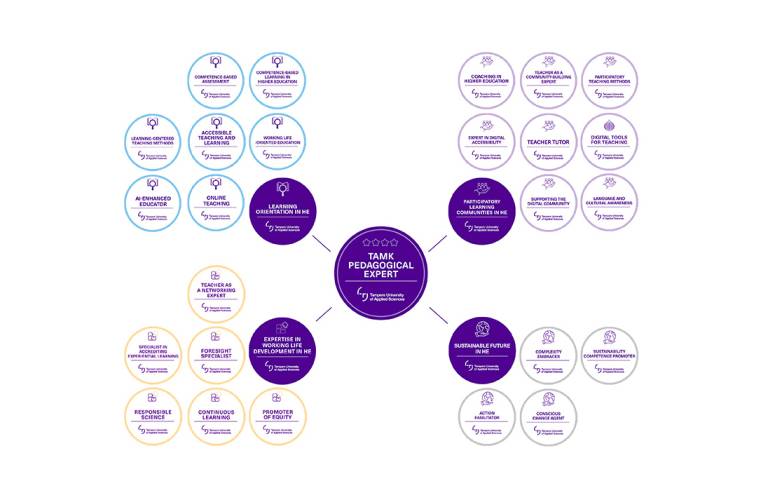Events in Namibia brought new contacts
The project organised two events in Namibia: a workshop in Windhoek and a seminar in Walvis Bay. In the seminar we met agriculture project coordinator Paulina Nghishefa from COSDEC Swakopmund, and she invited us to visit the centre the next day. There are nine COSDEC training centres in Namibia and the one we visited in Swakopmund offers both vocational training and short courses in various fields, workshops and premises for SMEs which start the business.
COSDEF (Community Skills Development Foundations) is the national umbrella body for the Community Skills Development Centres (COSDECs) and the COSDEF Arts and Crafts Centre. COSDEF co-ordinates, supports and supervises the various COSDECs that provide competency-based skills training to various communities, primarily for youth and disadvantaged groups to enhance participation in economic development activities.
Training in composting and gardening
The training in composting and gardening is a six-week course, during which the students have “hands on” training in three days per week to get familiar with all the stages of composting and gardening. Gardening practices are taught in a compact vegetable garden, which is covered with a web to prevent wind, birds and sun damaging the crops.
After finalising the course, graduates get a starter package to establish their own garden (3 different types of vegetable seeds, 2 times 50kg bag of compost, 2 times 50kg bag of mulch, a shade net and 2 hand tools). Although some of the students get the tuition fee (about 70 euros) by donation, every student pays at least about 9 euros to ensure commitment. Starting from 2021, over 1000 people have been trained of which 90 % are still doing gardening. Students are not forgotten after the training: if there are no current students available e.g. during the holiday season, the centre asks for help for harvesting from alumni networks.
Harvested crops are sold to grocery stores or donated to local hospitals and schools. Communities which produce only small amounts and do not have market contacts of their own can use delivery channels of COSDEC.
From food waste to different products
COSDEC personnel pick up biowaste from five restaurants and two hotels in Swakopmund three times a week. Biowaste is collected to containers provided by the centre. One collection round of biowaste is always formed into one compost consisting of layers of food waste, hay and fresh grass (originating from an establishment in Swakopmund when cutting their lawns) and horse manure, which as well as hay is donated by a nearby horse farm. Eggshells do not compost well, so they are collected from the biowaste, dried and used as a fertilizer in the garden. The composts are watered three times a week, and in a time of two weeks to two months the compost is ready. The compost and mulch are then either packaged to be sold in supermarkets or can be fetched from the center. Mulch originates from the mature compost of which fine particles are sieved out and used as compost.
There was another compost section consisting of worm tubs. Worms are sold to those who need them for farming. Vermicompost is the product including remaining compost in the worm tubs. Another product is liquid from worm tubs (called worm wee or worm tea) which is collected and used as organic pesticide in the garden.
We felt very excited and inspired during and after the visit. This well-organised form of training illustrates how reusing waste can be generated to social and economic impact in very simple and sustainable practices and local cooperation. Environmental sustainability is supported by turning food waste into valuable products enabling gardening with organic fertilizers and pesticides.
Text:
Sonja Tiitola, Researcher, Research Centre for Science, Technology and Innovation Studies Tampere University
Silja Kostia, Principal Lecturer, TAMK Applied Research Center
Picture: Silja Kostia, Principal Lecturer, TAMK Applied Research Center
More information about the project: Circular Economy Models in Namibia – Capacity Building | Tampere Universities





